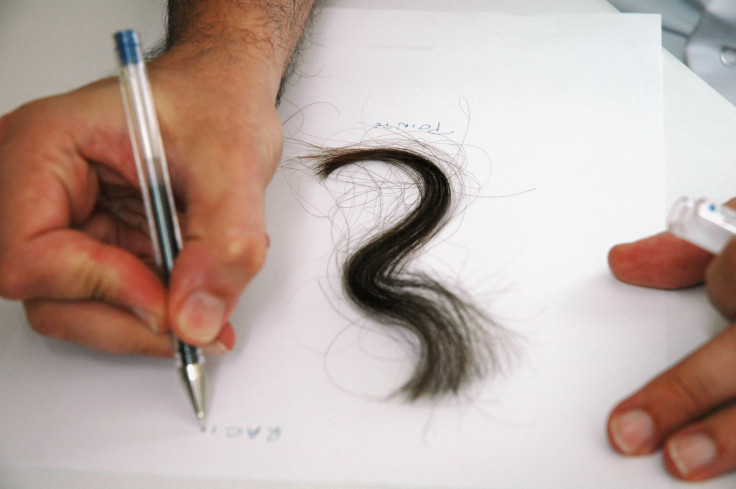Protein Markers From Hair Can Help In Human Identification, New Study Finds

Human identification may be carried out by using protein markers from the hair, along with DNA profiling, a new study has shown.
In the study, published Wednesday in the journal PLOS ONE, researchers from the California-based Lawrence Livermore National Laboratory investigated whether it was possible to use protein found in human hair as another tool for the identification of individuals in forensic or archaeological cases.
While DNA profiling, with DNA’s unique nature, is the commonly used tool for such identification in forensic science and archaeology, it can degrade over time due to environmental and chemical factors, limiting its usefulness.
Protein, on the other hand, is more stable and can possess variations, which may be unique to individuals.
Bioarcheological hair samples from six individuals — up to 250 years old — were examined, along with samples from 76 living humans of European American and African descent. The researchers found a total of 185 hair protein markers — a number that could provide a unique pattern for an individual to be distinguished from a population of a million.
Going forward, the authors of the study say that the identification of a core set of about a hundred protein markers could be sufficient to distinguish an individual among the entire world’s population using a single hair, providing law enforcement authorities and archaeologists a new tool for identification.
“We are in a very similar place with protein-based identification to where DNA profiling was during the early days of its development,” said co-author Brad Hart, the director of the Lab’s Forensic Science Center, in a press release.
“This method will be a game-changer for forensics, and while we've made a lot of progress toward proving it, there are steps to go before this new technique will be able to reach its full potential,” he added.
Published by Medicaldaily.com



























